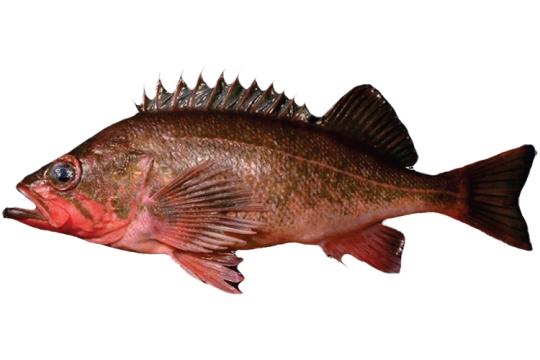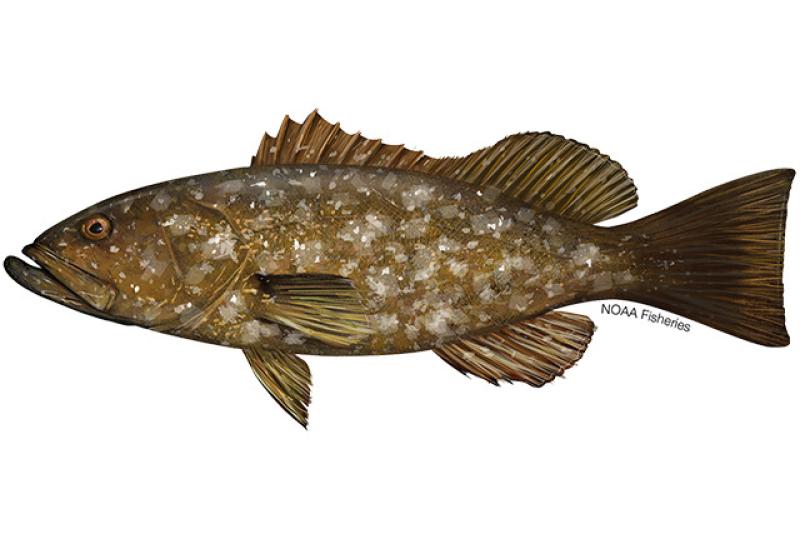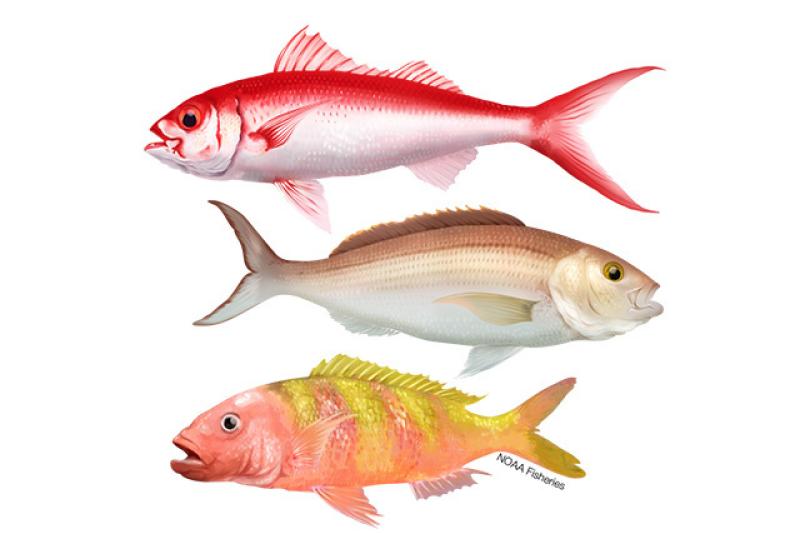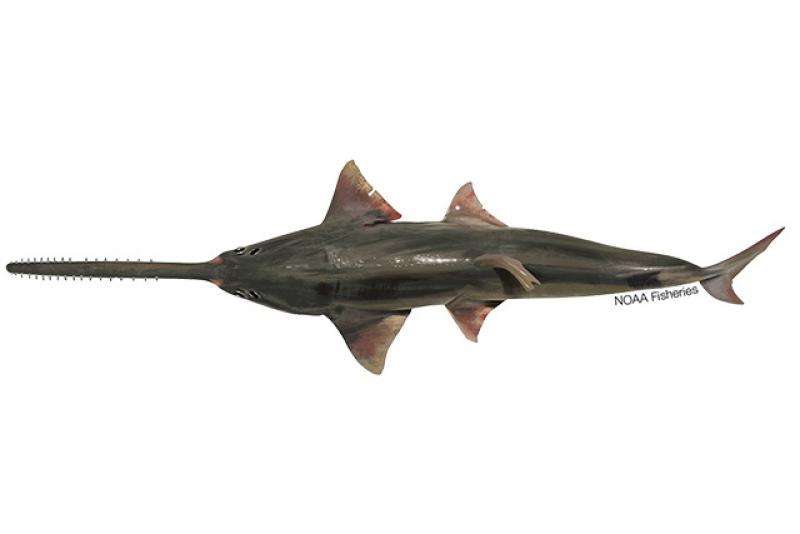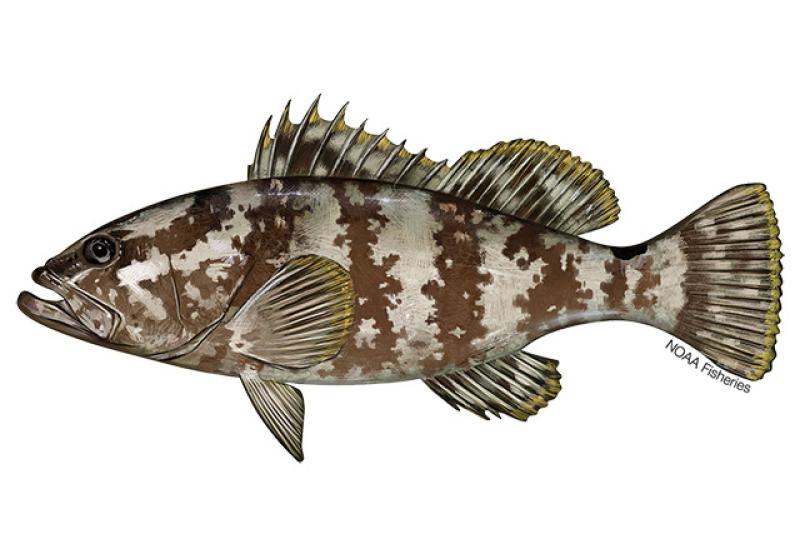Fish are extremely diverse animals living in a variety of habitats ranging from coral reefs and kelp forests to rivers, streams, and the open ocean. Most fish can be categorized into one of two primary groups: bony fish (Osteichthyes) and cartilaginous fish (Chondrichthyes). The skeleton of bony fish is made of bones, while that of cartilaginous fish is made of cartilage. Cartilaginous fish include sharks, skates, and rays.
Most fish under NOAA Fisheries’ jurisdiction are marine fish that spend their entire life in salt water. Others are anadromous—like some species of salmon and sturgeon—which begin their lives in freshwater, migrate to the ocean to grow into adults, and then return to freshwater to spawn.
NOAA Fisheries is responsible for the sustainable management of many species of fish under the Magnuson-Stevens Act that are targeted for human consumption and other uses like fertilizer. Some of these fish include Pacific bluefin tuna, Alaska pollock, and summer flounder. We are also responsible for protecting fish species listed under the Endangered Species Act like Atlantic sturgeon and oceanic whitetip shark.
Species News
 An eye lens collected from a Pacific sleeper shark for analysis to determine the shark’s age. Credit: NOAA Fisheries
An eye lens collected from a Pacific sleeper shark for analysis to determine the shark’s age. Credit: NOAA Fisheries
 The gill lamellae of a Blacktip shark (Carcharhinus limbatus) on one gill arch. Credit: NOAA Fisheries/Jennifer Bigman
The gill lamellae of a Blacktip shark (Carcharhinus limbatus) on one gill arch. Credit: NOAA Fisheries/Jennifer Bigman
Multimedia

 Children fishing on a dock in Charleston, South Carolina. Credit: Jae Schmitz
Children fishing on a dock in Charleston, South Carolina. Credit: Jae Schmitz
 Central Valley salmon fisherman and Nor-Cal Guides and Sportsmen’s Association Vice President, Scott Hambelton, casts from his boat on the American River. Credit: NOAA Fisheries
Central Valley salmon fisherman and Nor-Cal Guides and Sportsmen’s Association Vice President, Scott Hambelton, casts from his boat on the American River. Credit: NOAA Fisheries
Research
The Role of Small Pelagic Fish in Diverse Ecosystems: Knowledge Gleaned From Food-Web Models
Food-web models represent a synthesis of knowledge of these dependencies and are a platform for…
Fishery-Independent Indices of Abundance in the Southeast Region
The Southeast Abundance of Fish and Shrimp (SEAFiSh) data visualizer provides access to relative abundance indices from data collected during fishery-independent surveys conducted in the southeastern U.S. Atlantic (South Atlantic) and Gulf of Mexico…
Shellfish Aquaculture Permits Step 8: Washington Department of Fish and Wildlife Import and Transfer Permitting and Aquatic Farm Registration
Guide to Shellfish Aquaculture Permits in Washington
Shellfish Aquaculture Permits Step 7: Health Shellfish Operator's License Application and Certification
Guide to Shellfish Aquaculture Permits in Washington
Understanding Fisheries Management in the United States
NOAA Fisheries is responsible for managing marine fisheries within the U.S. exclusive economic zone. Learn more about the sustainable management of our marine fisheries.

